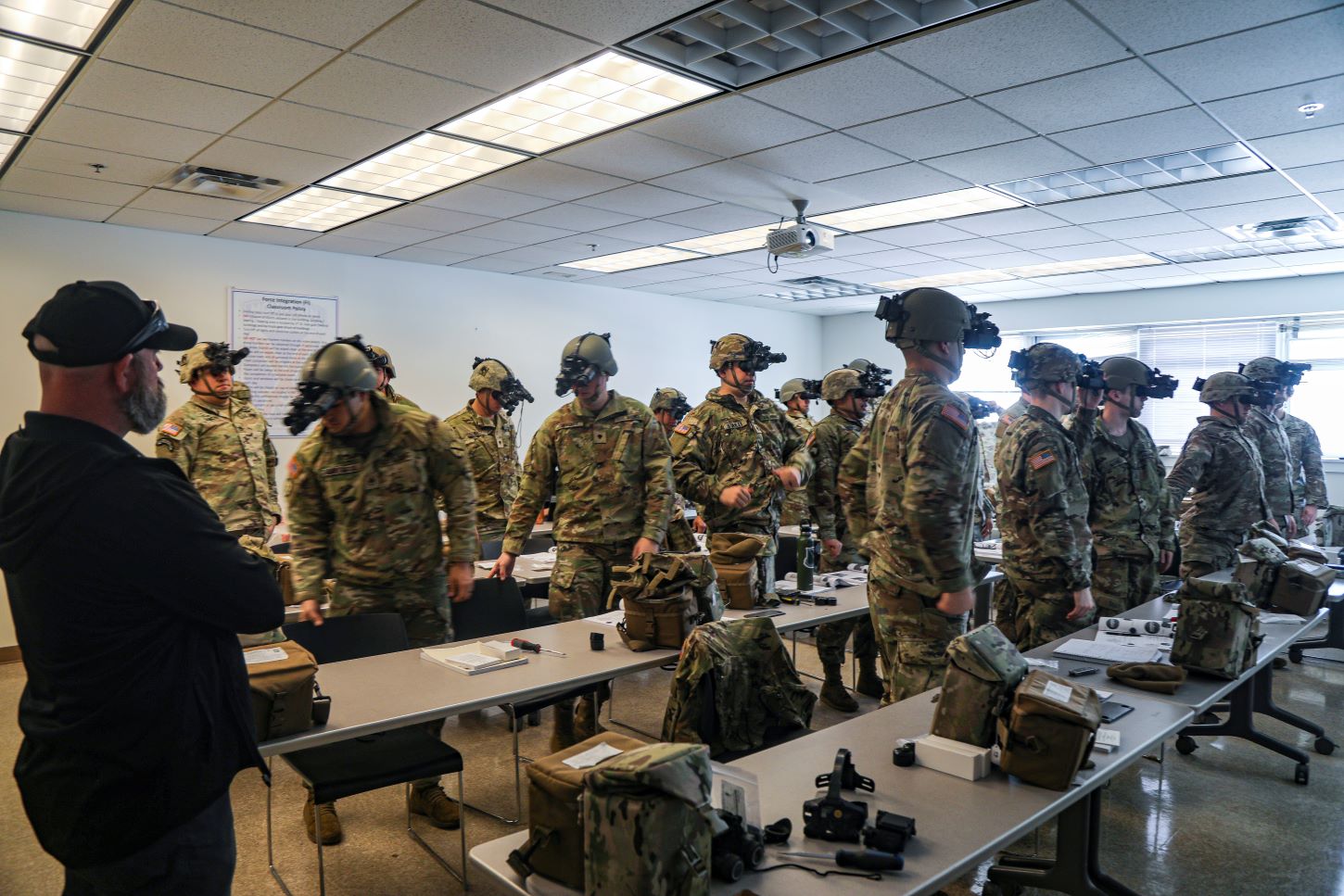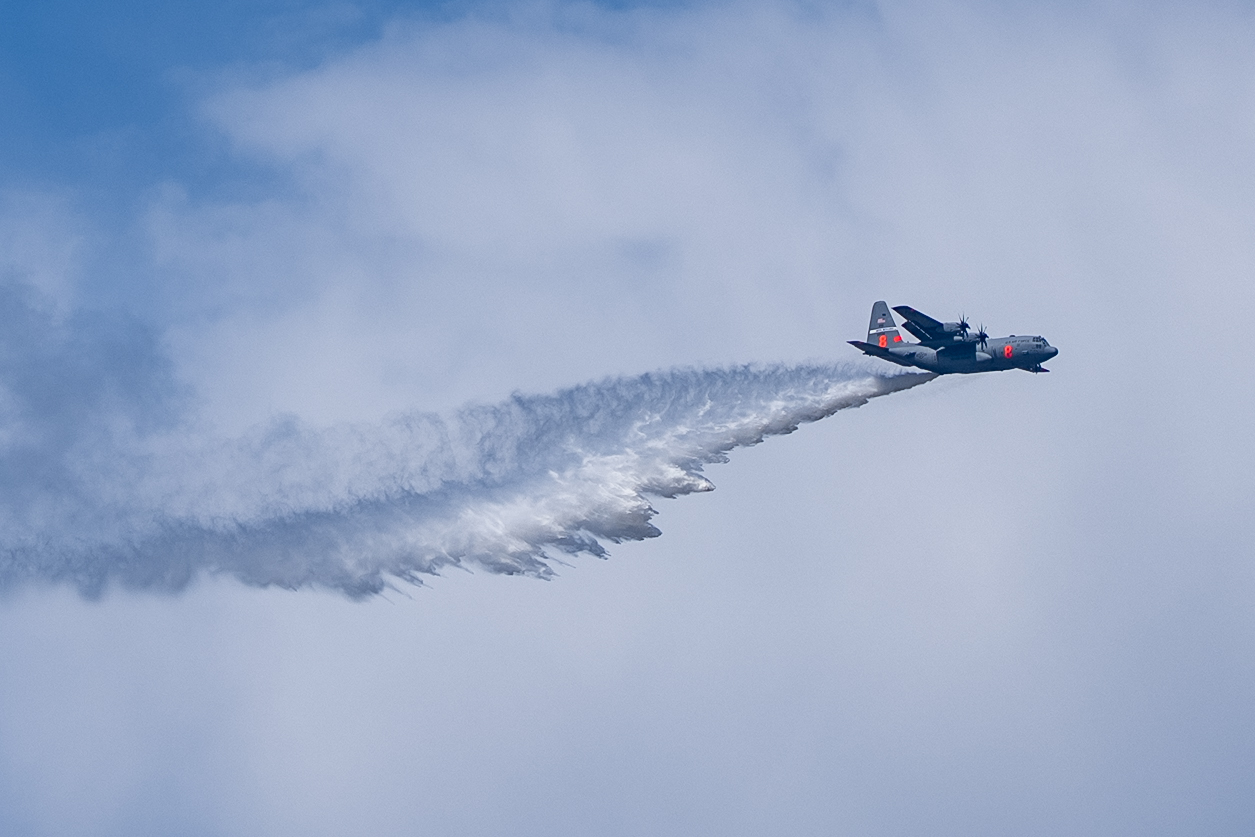'Mixed reality' goggle upgrade to be released by U.S. Army
The U.S. Army is set to roll out the next version of its “mixed reality” goggle, and with it comes a host of changes that promise to revolutionize the way soldiers operate in the field.

The U.S. Army is set to roll out the next version of its “mixed reality” goggle, and with it comes a host of changes that promise to revolutionize the way soldiers operate in the field.
The latest version of its Integrated Visual Augmentation System (IVAS) features several upgrades designed to improve its usability and functionality. Among the most significant changes is a new high-resolution display that will provide soldiers with an unparalleled level of visual fidelity and detail. Its slimmer design, more outdoor functions and possibly a wireless controller will provide dismounted soldiers with better situational awareness.
By using Microsoft’s HoloLens headset technology to develop the platform, IVAS combines night vision and various tools, including navigation, communication and training features, allowing soldiers to review their performance instantly.
In addition to the improved display, the new goggle will also feature a number of software upgrades that promise to streamline the user experience and make it easier for soldiers to access critical information in the field. Among these upgrades is a new voice recognition system that will allow soldiers to control the device hands-free, allowing them to perform other tasks.
The IVAS 1.2 has a controller separate from the computer, which can be moved anywhere on the upper torso, while the computer is helmet-mounted. It will help counterbalance the device’s front weight and reduce neck strain. It also features an updated tracking system that will be more accurate and responsive than previous versions. This will allow soldiers to move more freely in the field, without the need to constantly adjust the device or recalibrate it.
The 1.2 variant aims for a total weight of 2.85 pounds, equal to the Enhanced Night Vision Goggle-Binocular. The device includes color-coded navigation points and other map-marking features viewable in the goggle. Users can build a virtual sand table of terrain or a building complex.
Its augmented reality capabilities that provide soldiers with a real-time overlay of critical information, such as enemy positions, terrain data, and more, will give soldiers a significant advantage on the battlefield, allowing them to make more informed decisions and react more quickly to changing situations. The device also records location and actions of shooters, allowing soldiers to watch an “instant replay” of their moves and shots, pausing to examine where a barrel was pointed or who shot first.
Last year, the Army purchased 5,000 sets of the 1.0 and 1.1 versions for at least a $22 billion program. The fiscal 2024 budget request to Congress is $165 million, with $76 million for developing 1.2 and $89 million for procurement. The 1.2 Phase 1 development will undergo soldier assessments before an operational test scheduled for fiscal 2025.
Overall, the next version of the Army’s “mixed reality” goggle promises to be a significant upgrade over previous versions, and one that is sure to have a major impact on the way soldiers operate in the field. With its improved display, software upgrades and augmented reality capabilities, this new device is sure to be a game-changer for the U.S. Army, and one that will help to keep soldiers safe and informed in even the most challenging of environments.







Conversation